Learning dimensions are clusters of attitudes, values and dispositions, rather than capabilities or skills. They frame the way you approach a new learning opportunity.
They:
- Are personal qualities necessary for learning
- Enable awareness understanding and performance
- Embody thoughts, feelings and action
- Are deeper and more holistic than learning styles or preferences
- Are best understood in relation to a context or situation
While some dimensions may be stronger or more familiar to us than others, they are all found in each of us – and with the right kind of learning and coaching, they can all be improved. The dimensions we are strongest in can be used to help us improve on and develop the other dimensions.
When you understand your own Learning Power you become more self-aware and can reflect on your own Learning Journeys. You can use your Learning Power to find a way towards a solution in any context in life.
Learning Power dimensions are personal qualities, which we all use in learning all the time, even if we are unaware of doing it. They provide us with a language to become aware of our learning as individuals and in teams.
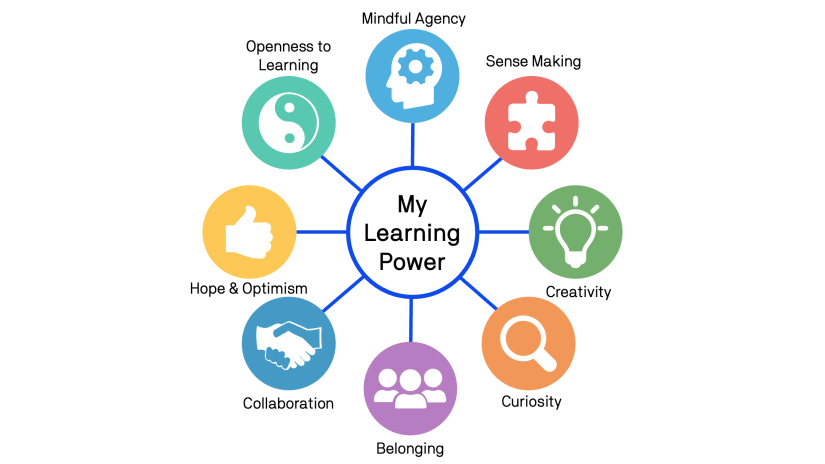
Learning Power dimensions are deeper than styles or preferences, and they embody thoughts, feelings and actions. Learning Power is best understood in a particular context or in relation to a particular purpose. It is likely that your Learning Power will vary somewhat depending on where you are and with whom you are working. Learning Power flourishes in communities where there is high trust and a shared language – and this shared language can be aural, visual and written.
Want to get a better understanding of each learning dimension? Browse the drop down menu to find out more.
Mindful Agency
Mindful Agency is being aware of your thoughts, feelings and actions as a learner and being able to use that awareness to take responsibility, to plan and manage learning processes. The opposite is being ‘robotic’.

Mindful Agency is about taking responsibility for your own learning and for improving it.
It's about how you manage your feelings, time, energy, actions and the things you need to achieve your goals.
It’s about knowing what you want to achieve - and why.
It’s also about knowing how to go about achieving your goals, and then going for it.
People with Mindful Agency take time to reflect and think things through.
They plan ahead and ask questions like, ‘Where am I coming from?’
‘Where am I now?’, ‘Where am I going?’ and ‘How will this task help me to get there?’
Sense Making
Sense making includes being able to make meaning by recognising and creating connections so that learning matters to YOU. The opposite is simply accumulating data.
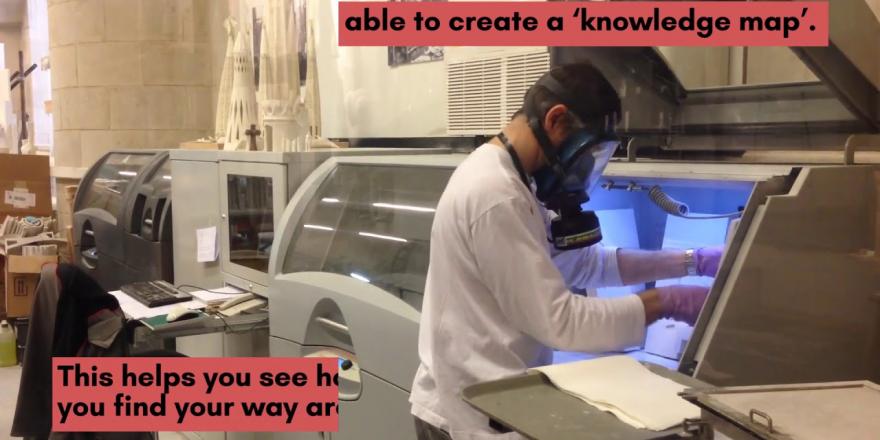
Sense making is about making connections between everything you know.
This includes: ideas, memories, knowledge, skills, facts, and experiences.
It’s about making sense of these things in relation to each new context of learning and performance.
It’s also about being able to create a ‘knowledge map’.
This helps you see how everything fits together and helps you find your way around learning something new.
Sense making includes knowing how ‘learning matters’ to you and connecting new insights with your own story and the things that already matter in your life.
This strengthens your sense of purpose in your learning.
Creativity
Creativity is risk-taking, playfulness, using your imagination and intuition in your learning. The opposite is being rule-bound.
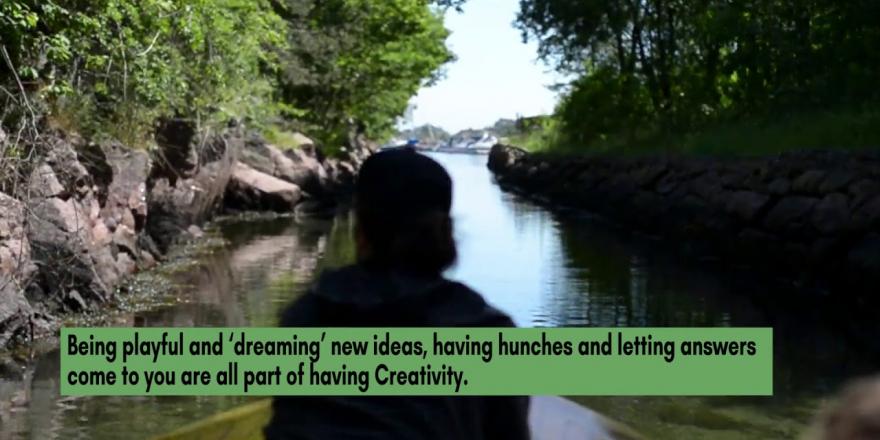
Creativity is about using your imagination and intuition when you learn.
Being playful and ‘dreaming’ new ideas, having hunches and letting answers come to you rather than racking your brain or looking things up are all part of having Creativity.
It’s about going ‘off the track’ and exploring ideas.
It’s also about coming up with unexpected, and often better, solutions.
Having Creativity means you understand learning is often about surprise, wonder and inspiration.
- It’s about knowing learning isn’t simply about sticking to rules and routines, doing as you were told, or following instructions.
Belonging
Belonging is knowing there is someone to turn to because I am part of a supportive learning community. The opposite is feeling alone.
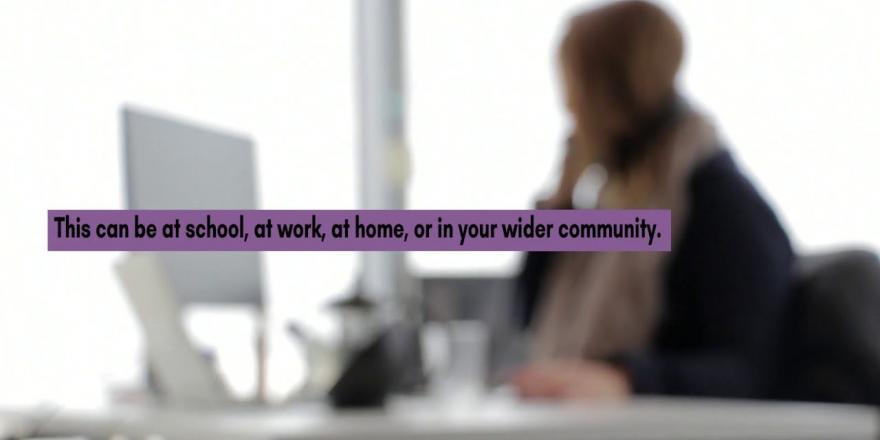
Belonging is about how much you feel a part of a “learning community”.
A “learning community” is a group with a shared commitment to learn, improve and do better.
This can be at school, at work, at home, or in your wider community.
It’s about the confidence you gain from knowing you’ve got people around you who you learn well with.
It’s also about know you have people you can turn to when you need guidance, support, and encouragement on your learning journey.
If you are weaker in this dimension you may feel left out or out of place.
You might feel like you don’t fit into your learning community, a “square peg in a round hole”.
Collaboration
Collaboration means learning with others but also being able to learn if they’re not there. The opposite is either being isolated or over-dependent.
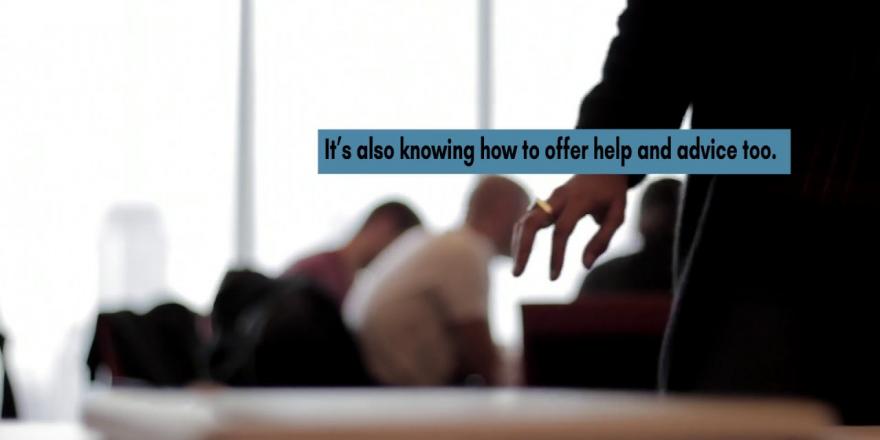
Collaboration is about how you learn through your relationships with other people.
It’s about knowing who to turn to for help or advice.
It’s also knowing how to offer help and advice too.
Solving problems by talking them through with others, generating new ideas through listening carefully, making new suggestions, and responding positively to feedback are all parts of Collaboration.
If you are strong in Collaboration you can move easily between the group or team environment, and learning on your own.
Curiosity
Curiosity is the desire to get beneath the surface, to check things out, to find out more about issues, and to ask “why”? The opposite is being passive.

Curiosity is about your desire to investigate, find out more and ask questions.
It’s especially about asking ‘Why?’
Being a curious learner means you won’t simply accept what you are told without wanting to know for yourself whether it is true, and why it’s true.
It can be about challenging what your friends, leaders, parents, teachers, and colleagues’ say, rather than taking something at face value.
You want to know the reason for everything, as young children often do.
It’s about working things out for yourself, or finding things out for your group.
Hope and Optimism
Hope and Optimism is having a sense of yourself as someone who learns and changes over time. The opposite is being stuck and static.
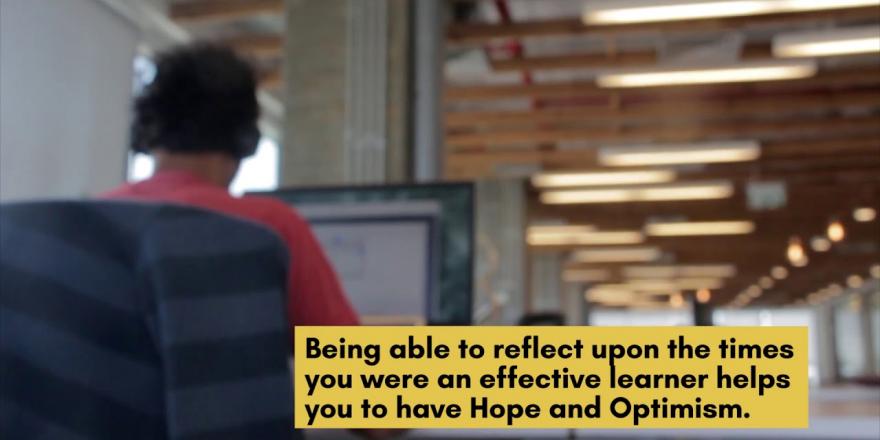
Hope and Optimism is about being confident you can change, learn and perform better given the time and opportunity.
It’s about knowing you can succeed despite the obstacles you face.
It’s also about accepting the challenge and believing you can succeed.
Being able to reflect upon the times you were an effective learner helps you to have Hope and Optimism.
Being able to reflect upon the times you enjoyed learning helps too.
This gives you a feeling of having ‘come a long way’ and of being able to ‘go places’ with more learning.
Openness to Learning
Openness to Learning is being open to new ideas and challenges, and having the inner strength to cope with change. The opposite is either being too tough and rigidly persistent to learn well, or too fragile and dependent to go on learning when things get difficult.
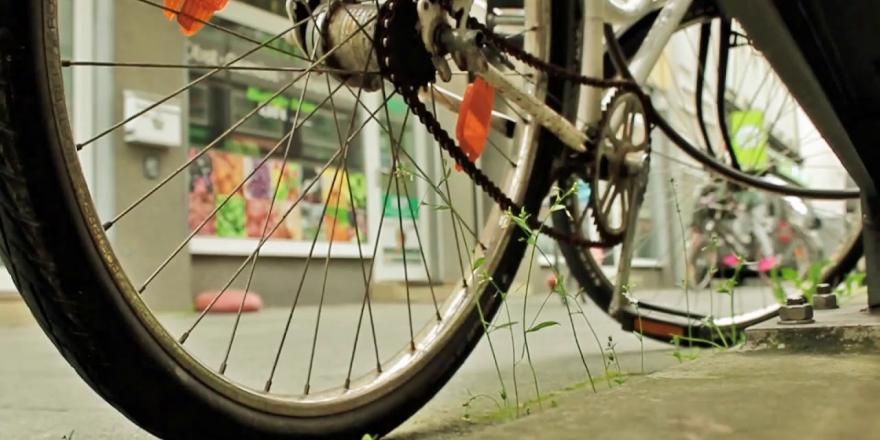
Orientation to Learning is about being open to learning, new ideas and challenge.
It’s also about having the ‘inner strength’ to move confidently from purpose to performance by embracing learning and challenge.
It’s not about giving up, withdrawing, or ‘toughing it out’ and getting mad at the world.
It’s about knowing, deep down, that you can go on learning when things get tough.
It’s also about knowing learning isn’t always easy and struggling, or even failing something, is a natural part of the process.
Orientation to learning means you are open and ready for new ideas and are ready to change you mind and your heart as you learn.
You need to be like this to build you learning power.

